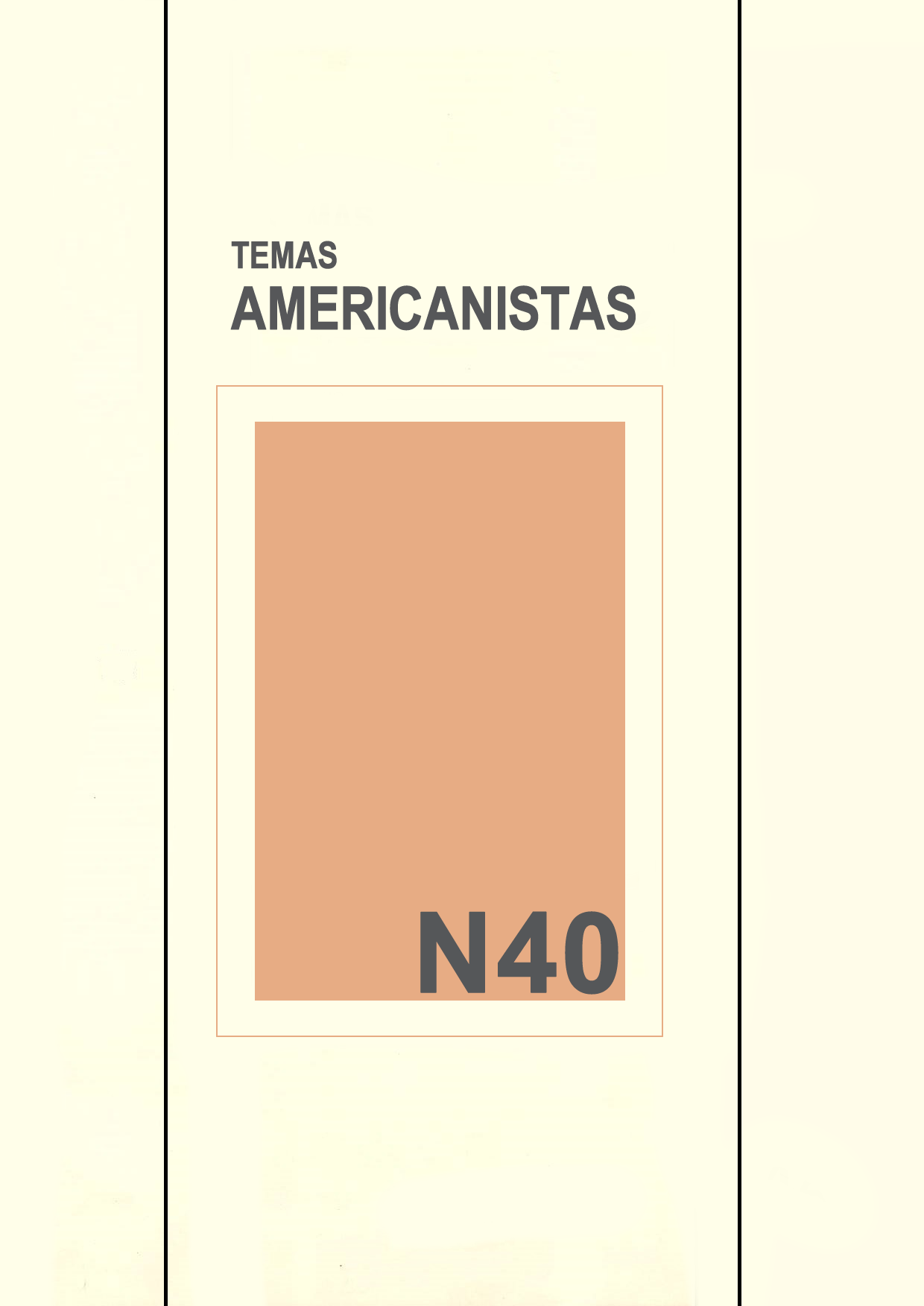Abstract
The article analyzes the conformation of the urban infrastructure and the consequences of this environment in infant mortality during the second half of the nineteenth century and the beginning of the twentieth century, showing the effects of the rural-city migration. Recognizing the absence of material conditions of the city to receive a large number of habitants. For this reason, it deals with the improvements of the urbanization process, which contributes to diminish the figures of deceased infants in the first year of life.

